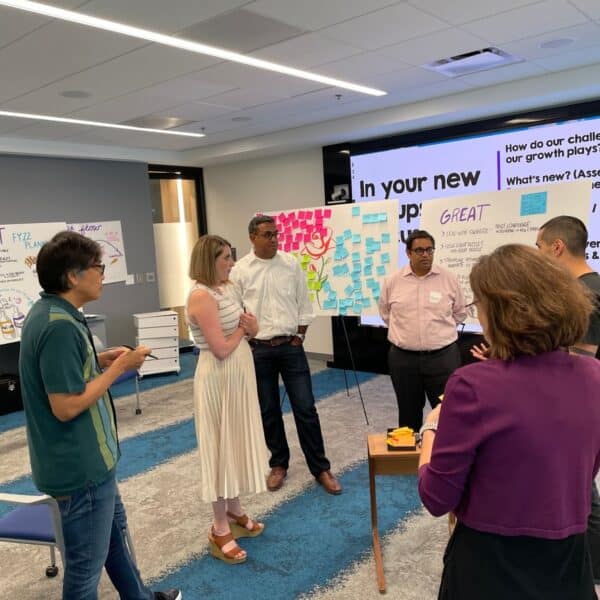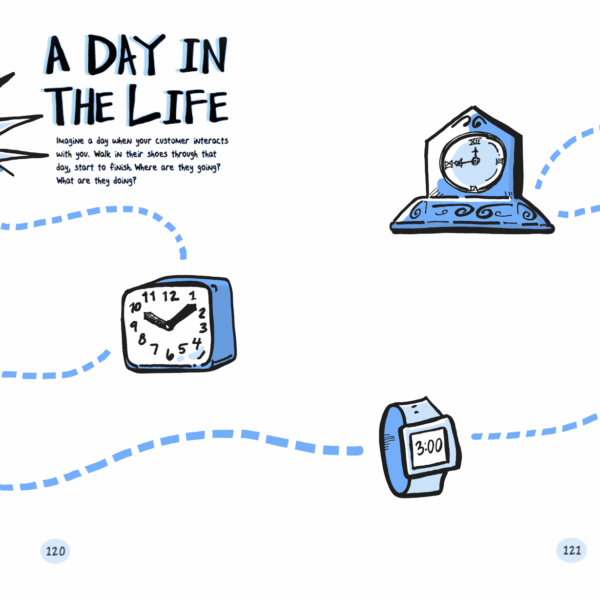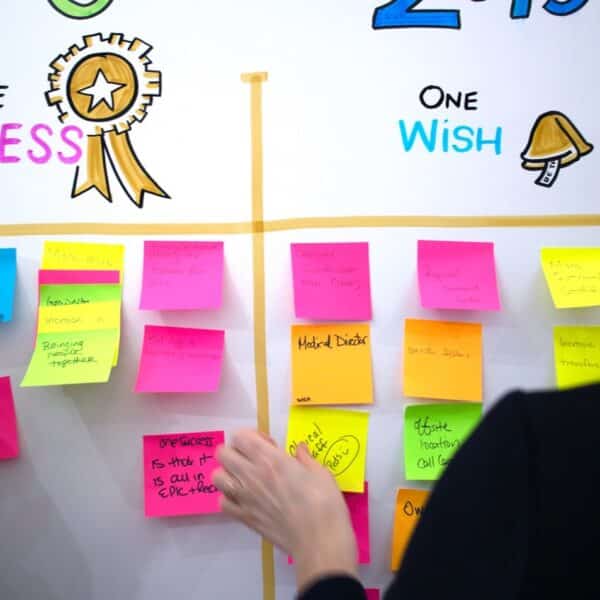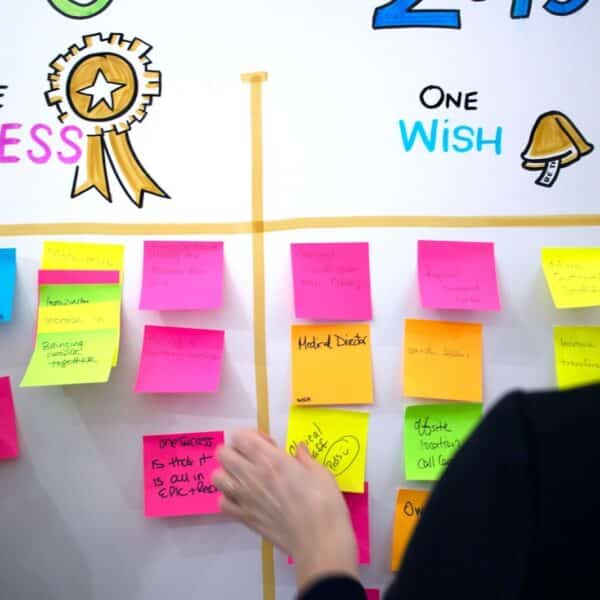Contrary to what you may be reading, nobody is going back to the office; rather they’re moving to a new office. That new office just happens to occupy the same physical location as the ones abandoned in mid-March 2020. In-person work, and once familiar workspaces are going to be radically transformed as a result of the global pandemic. Just like at the beginning of this whole [mis]adventure, companies that adapt most quickly to incorporate hybrid meetings will have a head start and be positioned to attract the best talent and get the most from their teams. A sound blended or hybrid meeting strategy is the best way to make sure your company is among them.
What is a Hybrid Meeting?
Hybrid meetings, or blended meetings, are simply meetings where not every participant is in the same room. Not a new phenomenon by any means, but looking at Q3 and Q4 2021 and beyond, hybrid meetings and hybrid work is poised to become the norm. As organizations plot their returns to offices, they face the reality that many employees have relocated, and others, including new hires, may expect greater flexibility in their schedules. ImageThink has supported hybrid meetings for over a decade, and in that time, we’ve discovered and developed a few pointers on how to maximize engagement, creativity, and collaboration across channels.
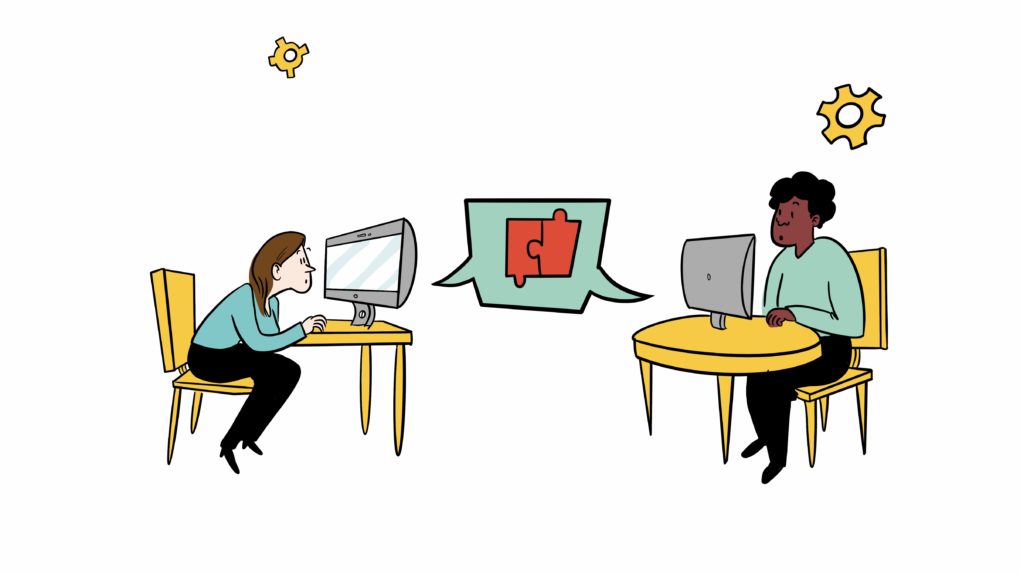
Read on to learn ImageThink’s secrets to productive hybrid meetings with a distributed workforce.
Tip 1: Like Their In-Person Counterparts, Hybrid Meetings Need a Clear Goal
This one almost didn’t make the list. If you’re a regular on the ImageThink tip-sheet, you know that one of our most primary and fundamental exercises, widening the frame, is all about asking the right question and setting the right goal.
Important in person and virtually, how the purpose is framed either sets up a meeting for success or frustration. It’s even more critical in hybrid meetings, where team members in disparate locations and possibly time-zones will be working in concert with team members on site.
Tip 2: Distribute Materials in Advance of Your Hybrid Meeting
While not everyone will necessarily read the meeting materials in advance, access to these materials alleviates congestion and wasted time during the meeting, and it also helps to set meeting expectations.

When the meeting begins, allocate 5-10 minutes for people to review the materials with the primary question or goal in mind, so that when you officially get started on the meeting proper, everyone is up to speed and ready to contribute their best thoughts and ideas.
Tip 3: Share the In-Room Experience
The reality is that the biggest challenge of hybrid meetings won’t be the scheduling, or the logistics of what technology people use to call in, but rather how to equalize an experience that is inherently inequal. How do you make people outside the room feel like they are there with the team?
Consider what cameras and microphones you’ll need, along with what projectors or tools you’ll need in the room, as well as any recording methods. The days of the omni-mic in the middle of the conference table are dead; or they ought to be. Instead, consider a movable camera that captures action in the room, individual microphones for in-room participants, and a fixed camera on any workspace or whiteboard where everyone is sharing ideas. Better yet, work with a graphic recorder or a tool like Mural to equalize the ideation experience.
Tip 4: Advocate for the Remote Voices at Hybrid Meetings
Just as you want to ensure that people calling in are getting the full experience of hearing what’s being discussed and shared, it is important that they have the experience of contributing in an equal way.
Voices are inherently unequal in a hybrid environment, with priority naturally flowing to the people physically present in the space. They have the advantage of body language, direct eye contact, and subtle non-verbal cues that indicate when they want to speak. They also have the ability to simply speak louder and more often than people calling in.
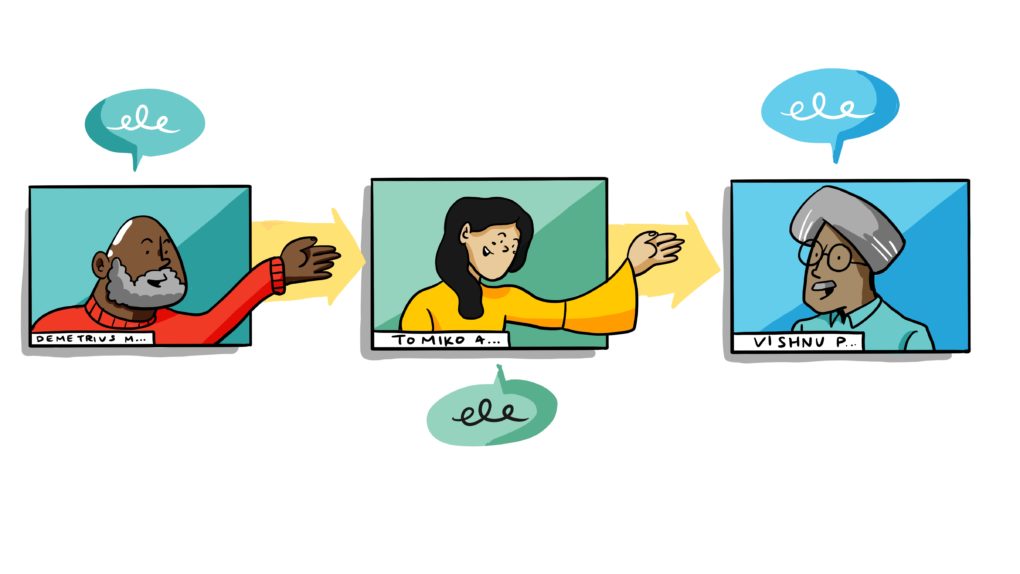
It is so important to balance the discussion by specifically advocating for voices not present in the room, especially if you are in a position of power in the meeting. Using peoples’ names, asking direct questions of external parties, and sometimes gently (or more assuredly) reminding people physically present that their idea has been heard and noted are all helpful tactics.
Tip 5: Empower and Encourage Impromptu Collaboration On-Site
One thing we hear from clients is that there are too many meetings. In the shift to remote workforces, we collectively decided to over index on communication as a way to ensure work continued to be as productive as it had been. But the result of more frequent and longer meetings hasn’t served anyone.
The other thing we hear is that people are missing the organic collaboration that happens naturally in a shared office environment. We’ve felt it, too. There is a very real benefit to the alchemy of overhearing a conversation and being able to jump in with an idea, or passing someone on your way to the water cooler, and grabbing 2 minutes to bounce something off them.
How do you strike a balance of fewer meetings, but more natural collaboration?
Encourage employees who are present to feel free to meet, ideate, and collaborate spontaneously. And encourage team members who are on OR offsite to pick up the phone or use a productivity app to create spontaneous discussions as well. In service of this, we recommend establishing some blocks of time during which formal meetings aren’t to be scheduled. Team members can use this time for progress on personal projects, or to meet and generate or stress test new ideas.
Tip 6: Unify with Visuals
When ImageThink is on site for a job, or when we are supporting clients remotely, one element is always true: we advocate to put the visuals front and center. Seeing an idea drawn out makes it more memorable, encourages investigation and engagement, and also activates different areas of the brain than listening or writing alone.
With the added complexity of distributed workforces and hybrid teams, having a shared visual experience helps to unify and focus the discussion, and encourages remote and in-person teams to feel equally engaged and represented in the meeting.
By using real-time graphic recording or graphic facilitation, everyone participating, no matter where they are, will see their ideas captured and given equal weight. This helps everyone buy in to any decisions made, and also helps remind on site participants that their remote counterparts are bringing equally valuable insights and ideas.
Tip 7: Consider Accessibility in Your Hybrid Meetings
Working visually has additional advantages. Accessibility is critical if you want team members to participate and contribute their best work. Images convey ideas across languages, platforms, and are processed faster than words.
Not everyone has a webcam, powerful processor, and speedy internet. Consider taking advantage of a transcription service, pre-rendered video or presentations, and of course, graphic recorded notes.
The Best of Both Worlds
The last year has proven that we are incredibly versatile and able to adapt to new ways of working. We thought that we’d never be as efficient or effective as a fully remote workforce. We were wrong.
That’s not to say that something real wasn’t lost. The alchemical, impromptu, energetic collaboration and communication that happens on site has never been truly matched.
What’s exciting is that we are now heading into a future where both methods of working will blend together and new opportunities will present themselves.
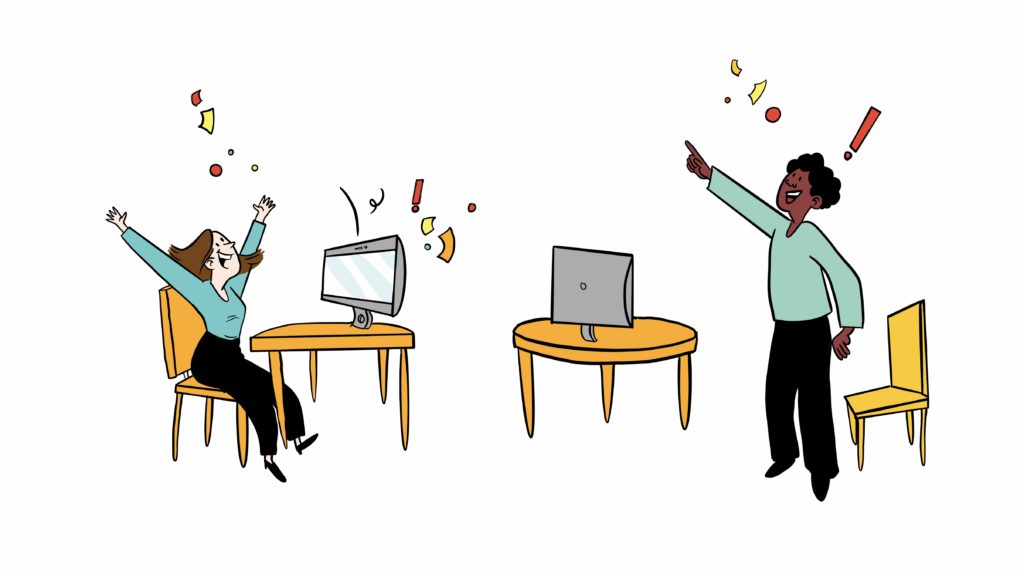
It’s time to embrace blended or hybrid meetings and be ahead of the curve. Employees will expect flexibility, and it’s critical to be ahead of the curve if you want to attract the best talent and foster the kind of hybrid work environment that plays to your team’s strengths. The only alternative is to remain static, and we know how that usually works out.
For help thinking through your 2021 collaboration strategy, contact us; we’ve got a few ideas.
